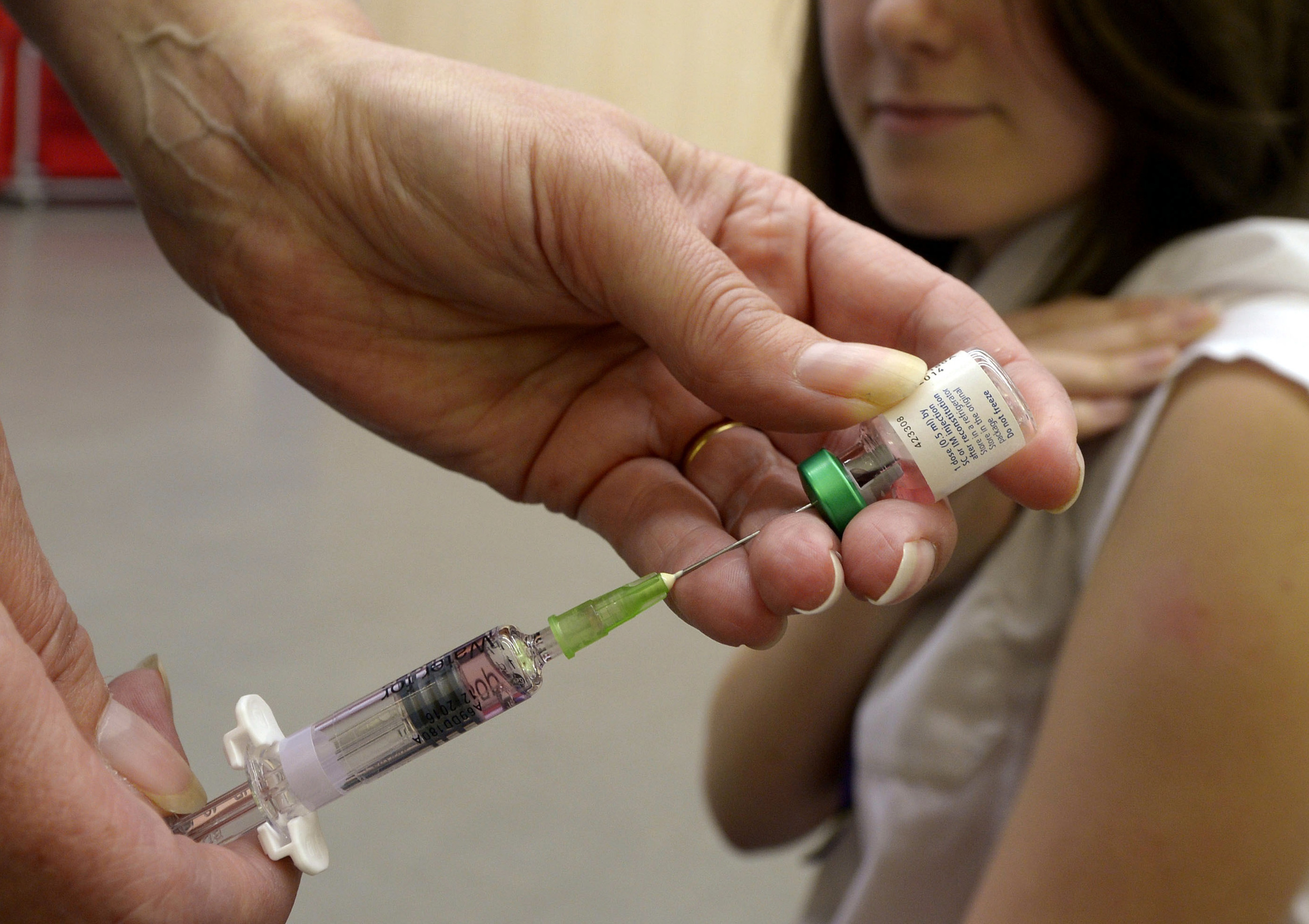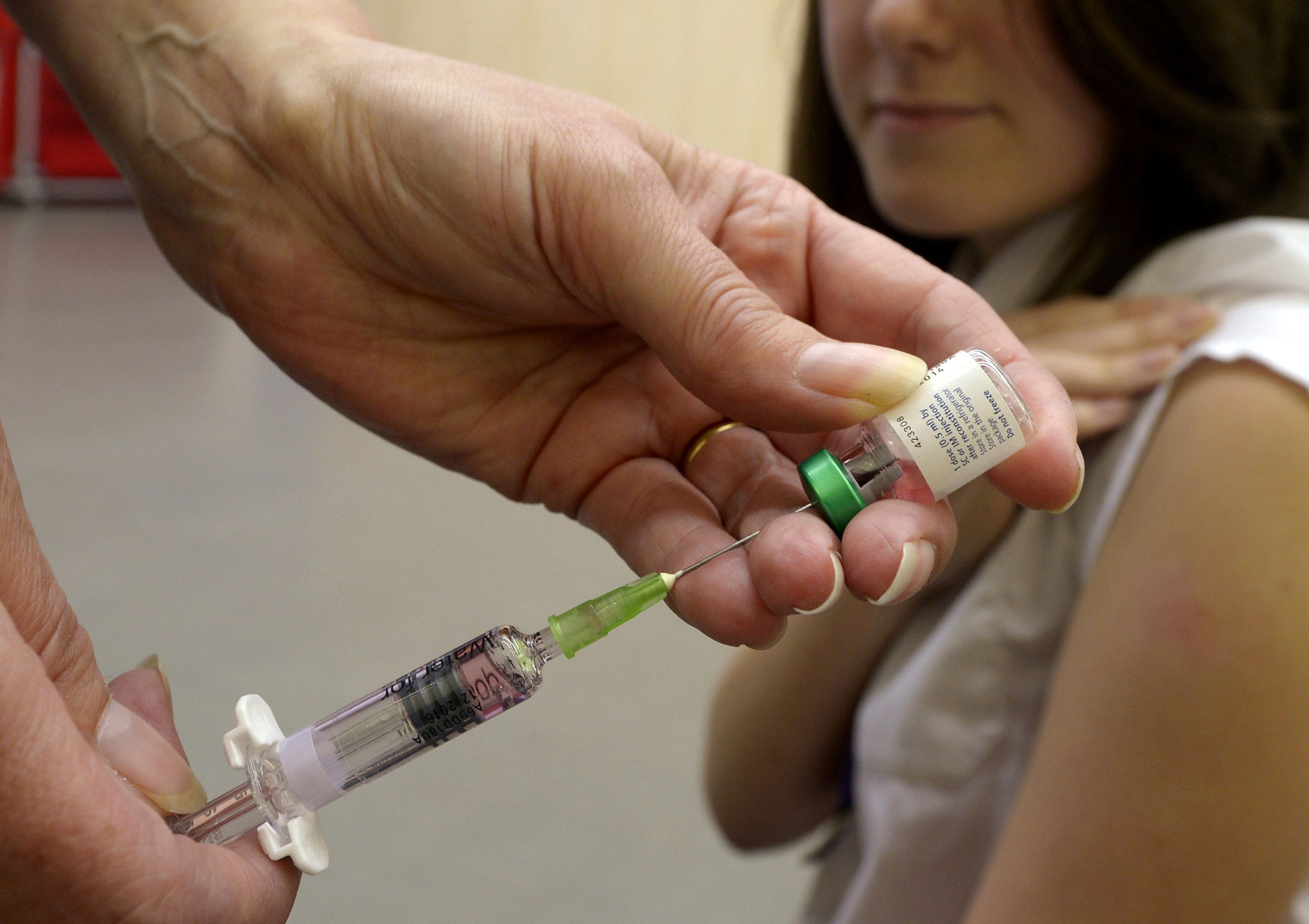How a Tiny Dip in Vaccinations Could Bring Measles Back to the UK – New Study Warns
Measles ranks among the most highly infectious illnesses and is certainly not benign; it leads to hospitalisation for approximately one out of every five affected children and can be fatal, causing death in up to three cases per thousand infected kids.

It only needs a small spark to ignite a wildfire, and with measles, the ashes are already smoldering. A modelling study published in JAMA (The Journal of the American Medical Association) issued a warning: recent decreases in children’s vaccination rates might cause resurgences of illnesses that were almost eradicated.
The researchers employed a simulation to forecast the impact of declining vaccination rates against measles, rubella, polio, and diphtheria. At present levels of immunisation, measles might soon result in over 850,000 annual infections in the USA, causing approximately 2,500 fatalities each year. Additionally, the research highlighted the rapid deterioration that could occur; should vaccine uptake fall another ten percent, this could potentially increase yearly cases to over 11 million.

Measles is notably worrying due to its high transmissibility. Among infectious illnesses, it stands out as exceptionally communicable—a single individual infected with measles has the potential to spread the virus to between 12 and 18 additional people. Each of these new cases could then go on to infect another 12 to 18 individuals, continuing this chain reaction. In comparison, infections like flu and coronavirus typically see an afflicted person spreading their illness to only about one to four others on average.
Diphtheria kills up to 30% of unvaccinated children
To prevent measles from spreading between individuals, at least 95% of the populace must receive vaccination. However, this target is being missed—not only in the US but globally as well. In 2024, fewer than 84 per cent of five-year-olds in England had received both doses of the measles, mumps and rubella (MMR) vaccine. In Scotland, 89.2 per cent of children aged five have had two MMR doses.
This is significant because measles is not benign at all. Approximately one out of every five infected children requires hospitalization, around one in twenty develops pneumonia, and roughly one in a thousand experiences encephalitis (an inflammation of the brain that can lead to seizures and hearing loss).
As many as three out of every 1,000 children infected with measles may succumb to the disease.
Even though measles represents the most pressing danger due to its high transmissibility, declining immunisation levels might also bring back other severe diseases. Rubella can result in catastrophic congenital abnormalities, polio may cause irreversible paralysis, and diphtheria has the potential to be lethal in as many as 30 percent of non-vaccinated children .
Prior to the development of vaccines, these illnesses were widespread globally – persistently present rather than merely occurring in sporadic outbreaks. In areas where vaccination rates have failed to reach the desired 95 percent threshold, such as certain parts of Africa and South Asia, these diseases continue to be prevalent.
However, in nations where vaccines had almost eradicated these diseases, declining vaccination rates risk reversing years of advancement. This is not merely theoretical; the US has already seen close to 900 instances of measles, along with three fatalities .
Why achieving herd immunity matters
The MMR vaccine is highly effective, safeguarding over 97 percent of those who get both doses However, certain individuals cannot receive the vaccination, such as expectant mothers, infants, those with an impaired immune system, or anyone who has had a severe allergic reaction to components of the vaccine.
That’s precisely why herd immunity is crucial: once more than 95 percent of individuals within a community have received their vaccinations, the virus cannot spread easily, thereby safeguarding everybody – particularly those who are most at risk.
There are many reasons vaccination rates have fallen. Covid caused the biggest drop in global vaccination in 30 years, and many countries are still catching up. Conflict and natural disasters also contribute, with Yemen reports more than 10,000 measles cases over the last half-year.
Certain individuals opt out of getting vaccinated, either for themselves or their offspring. This decision might stem from weariness towards vaccinations, worries over potential adverse reactions, or an undervaluation of the hazards posed by diseases. In this light, vaccines find themselves as casualties of their remarkable efficacy; it becomes challenging to envisage the outcomes of illnesses that have been mostly eradicated owing to these inoculations.
Like all medical treatments, vaccines come with potential side effects; however, these are usually minor and short-lived, including symptoms like fever, rash, and swollen lymph nodes.
Persistent misinformation
A significant factor contributing to vaccine reluctance is misinformation, often spread via social media. A commonly held but enduring myth is that the MMR vaccine has links to autism—a belief grounded in fabricated information from studies that have since been debunked and dismissed. retracted study from 1998 .
Since then, numerous studies have refuted this claim, including a meta-analysis—a study that aggregates data from various studies—covering more than 1.25 million children that discovered no connection between the MMR vaccine and autism.
Even though there is clear scientific proof, these incorrect assertions persist, fueling skepticism with tangible repercussions. In fact, the World Health Organization has identified vaccine reluctance as one of the primary dangers to worldwide health.
No parent makes choices regarding their child’s health hastily. It's understandable to seek out the pros and cons carefully. However, when immunization levels fall, it not only endangers unvaccinated children but also poses a threat to those unable to receive vaccinations—such as all babies less than one year old, who are too young for the MMR jab.
Vaccination continues to be among our strongest weapons in safeguarding the well-being of every child. Illnesses such as measles do not pause for conflicts to subside or for confidence to recover; they just proliferate wherever possible.
We nearly eradicated measles and other vaccines' preventable illnesses, yet even a slight dip in vaccination rates can ignite a firestorm. This latest study highlights how quickly those smoldering ashes can burst into an uncontrollable blaze.
Anastasia A. Theodosiou is an academic clinical lecturer specialising in infectious diseases and microbiology Antonia Ho is a clinical senior lecturer at the University of Glasgow , and Chrissie Jones is a lecturer in pediatric infectious disease at the University of Southampton
This piece has been republished from The Conversation under a Creative Commons license.
Read the original article .
Post a Comment for "How a Tiny Dip in Vaccinations Could Bring Measles Back to the UK – New Study Warns"
Post a Comment